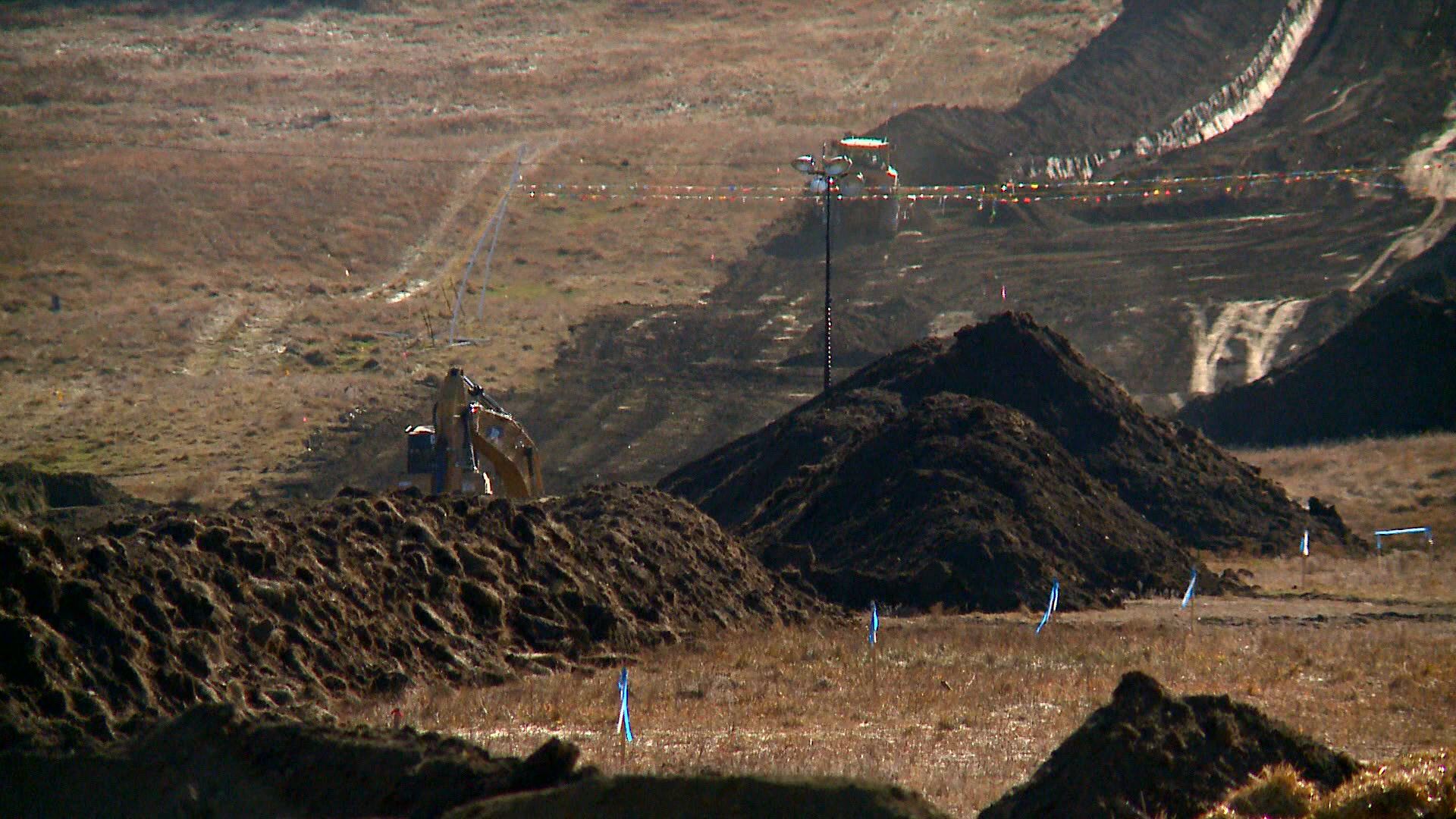MORTON COUNTY, North Dakota - Pipeline construction has caused months of high-profile protests and controversial clashes with law enforcement near the Dakota Access Pipeline.
Protesters supporting the Standing Rock Sioux Tribe say they’re peaceful and trying to protect the water from an environmental disaster if the oil pipeline should break.
"I think this is a human rights issue,” said one protester.
But law enforcement say the protesters, at least some of them, are getting out of hand
"The protest activities, if they were legal or lawful there would absolutely be no issues,” said Morton County Sheriff Kyle Kirchmeier.
The Standing Rock Sioux Tribe along with supporters are protesting construction of a major oil pipeline that snakes through North Dakota near the Standing Rock Sioux Reservation and then goes through South Dakota, Iowa and Illinois.

For more information about the pipeline, click here for Part 1 of KARE 11’s series.
Protesters have set up camp near the construction on federal land in hopes of stopping it.
"We’re on sacred land,” said Michelle Tyon who was born in the Standing Rock Sioux Reservation.
Native Americans say it’s their land because of century old treaties.
U.S. Army Corps of Engineers stopped the construction as it inched closer to the Missouri River this week. The Army said it would not allow the pipeline company, Energy Transfer Partners to start construction underneath the river until it spoke more with the tribe about the potential impacts.
That means the protesters, who prefer to be called water protectors, don’t appear to be going anywhere soon. In fact, people are building structures on the main camp as they prepare for winter.
One of those supporters is Phillip Nelson from Bemidji. We talked to him while he built what he described as a water filtration building. He believes the tribe deserves better treatment.
"These people know how to take care of the environment. Just give back to them what’s theirs,” he said.
He wasn’t the only Minnesotan to travel to the encampment.
"We wanted to be a witness to it. We don’t just want to read it in the papers,” said Mark Vidas of Minneapolis.
His reason for making the trip was clear.
“Indigenous people throughout the world are the ones that really get clobbered when corporate interests what to take something,” he said.
"I hope to someday retire and move back here,” added Justin Grey Day of Minneapolis.
Grey Day grew up in Standing Rock and his mom still lives on the reservation. He along with other Minnesotans traveled with MN 350 and Neighborhoods Organizing for Change two weeks ago to North Dakota.
"Pipelines really do break and it’s just a matter of time before they do,” said Grey Day.
But not everyone agrees.
“A pipeline is a preferable option,” said Morton County Commissioner Bruce Strinden. “It’s much safer than rail, it’s much safer than truck.”
The local rancher has come out in favor of the pipeline and ever since he says he’s been getting threatening phone calls and people showing up on his property.
"A lot of these people are very sincere in their beliefs, but another thing I have to say is they’re not here,” he said.
He claims the county has already spent $10 million over the last several months in part to pay for law enforcement and damage to property.
"The sad part is that a lot of these out of state people that are here, they’re going to go home at some point, then we’re going to be left here to pick up the pieces,” he said.
The Standing Rock Sioux Tribe claims the U.S. Army Corps of Engineers did not properly consult them during the vetting process. The government has said it tried to contact them but never heard back.
The North Dakota Public Service Commission says it spent more than year holding public hearings and never heard from leaders of the Standing Rock Sioux Tribe despite notifying them.
“Quite honestly, I was stunned because they’re 45 minutes from one of the locations where we had a hearing,” said Julie Fedorchak, North Dakota Public Service Commission.
Tribal leaders didn't return our messages for comment and Energy Transfer Partners would not do an interview.

